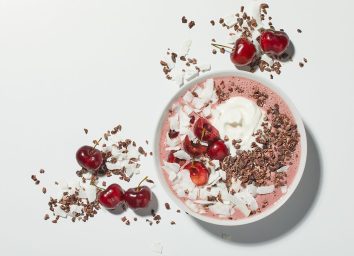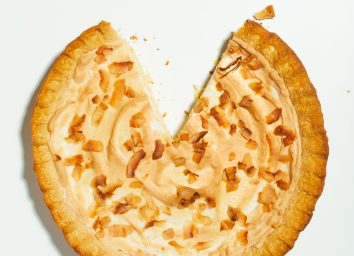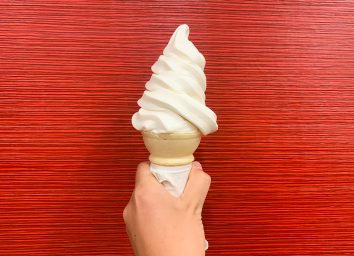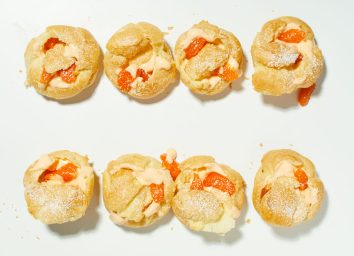The Real Differences Between Heavy Cream, Whipping Cream, and Whipped Cream
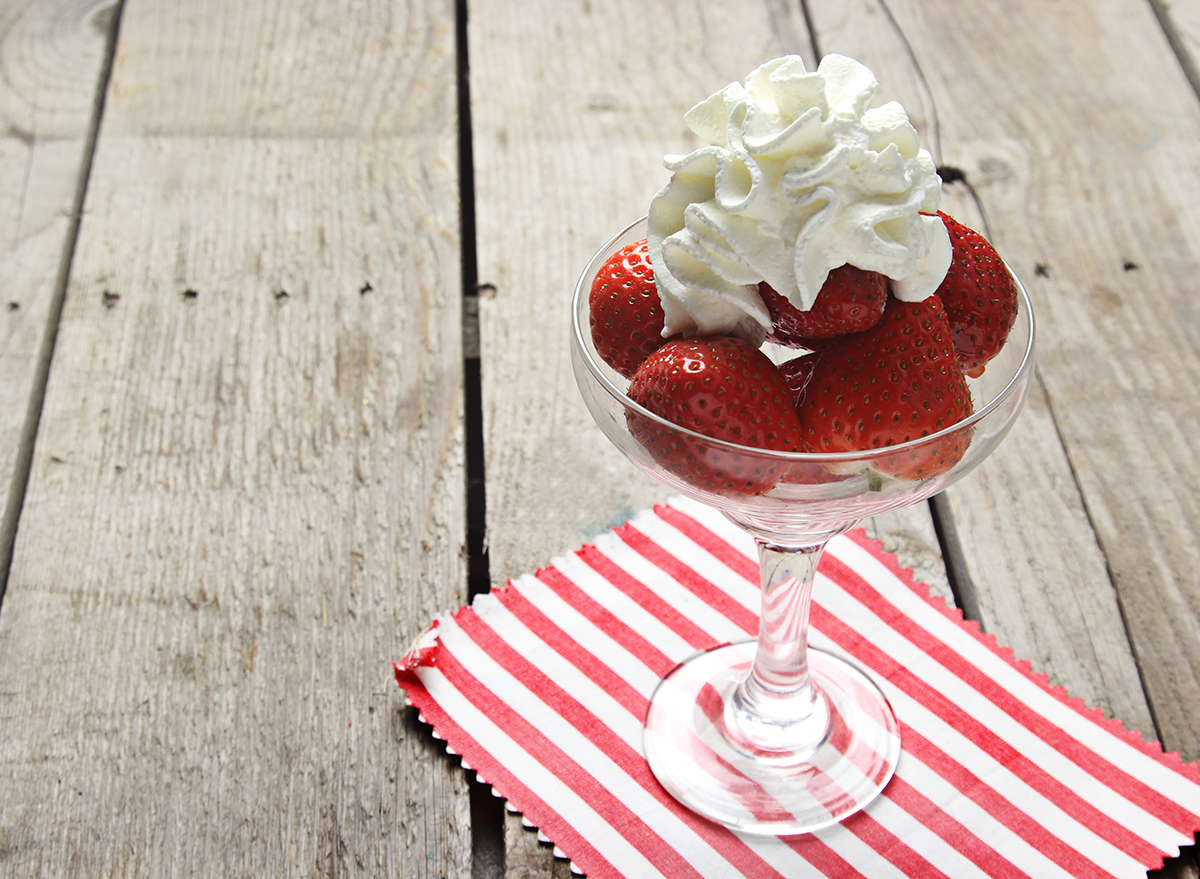
If one of your pastimes is baking, you've more than likely come across at least one type of cream in various recipes. While heavy cream, whipping cream, and whipped cream may all appear to be the same thing, there are subtle differences in each. In fact, the two that look most alike are the least related and another cream is used to make the other. We know it can get confusing.
Basically, each cream plays a different role in baking and even cooking, too. To help distinguish between each cream, Kimberly Bugler, executive pastry chef at Scala's Bistro in San Francisco, explains which dishes call for heavy cream, whipping cream, and whipped cream.
What is heavy cream?
"Heavy cream is just what it sounds like—[it's] the cream layer that normally floats to the surface of fresh milk," says Bugler. "It has no stabilizers in it, just the fat content that is naturally in it—36 percent or above."
She says it lends a silky texture to desserts, sauces, and even savory applications such as fillings for quiches.
"In my kitchen, I only use heavy cream. If I want to make something that requires [a lower] fat content such as ice cream or a crème brûlée, I adapt by adding whole milk to it [instead]," she says. "I prefer to use heavy cream in all of our desserts at Scala's since it is a more natural product and gives a more luxurious texture. It is more expensive, but for an ingredient that is essential to great desserts, it is worth it."
What is whipping cream?
"Whipping cream has a lower fat content—less than 36 percent—and is stabilized by other thickening and emulsifying agents so that its water content can still hold air and won't deflate as quickly," says Bugler.
Whipping cream can be used as a swap for heavy cream in just about any dish including soups, sauces, and as a garnish on desserts. It's simply a lighter version of heavy cream.
What is whipped cream?
So believe it or not, there are actually different kinds of whipped cream depending on what you intend on using it for. Bugler compares the process of making whipped cream to blowing up tiny balloons, with the walls of the balloons being made of cream.
"A denser liquid such as heavy cream will give you stronger balloon walls that are less likely to deflate," says Bugler. "If you take out the fat from this cream, as you would for whipping cream, you must add thickeners so that [it is] able to hold air bubbles."
Whipped cream can be incorporated into a variety of desserts. For example, if the pastry chef is using whipped cream to make something light and fluffy such as a mousse, she won't add any stabilizers to it. However, if she is making a dessert topping out of it and wants to serve it right away, she will only add powdered sugar. This will allow it to stay inflated—like a balloon that was just blown up—for a short amount of time, which is perfect if it's going to be consumed shortly after it's prepped.
"If I need it to hold its shape on a dessert that I will serve later, such as taking a pie to a friend's house, or giving my cooks a pastry bag full of whipped cream that needs to last a few hours through lunch service, I will either stabilize it with gelatin, or a bit of mascarpone," she says.
Whipped cream is more commonly made from heavy cream than whipping cream. Who knew?!
So now that you have the breakdown of each cream and their uses, it's time to get in the kitchen and get cooking with the right creams.
